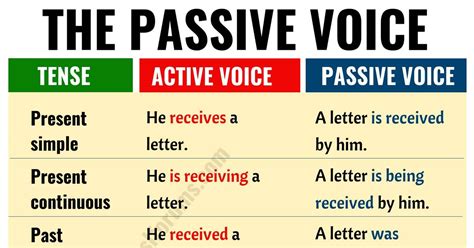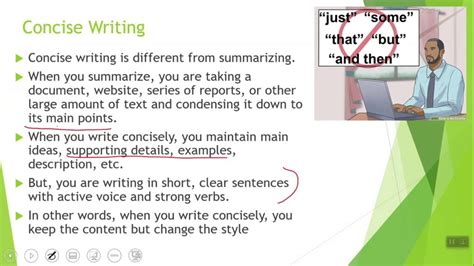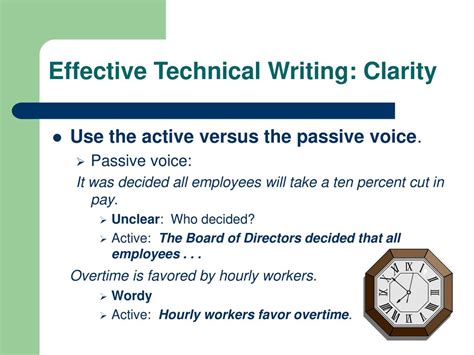The Imperative of Clear Communication
In a world inundated with information, clarity in communication isn’t just a nicety; it’s a necessity. Ambiguous language, whether through convoluted sentence structures or specialized terminology, can obscure your message, frustrate your audience, and ultimately undermine your purpose. Two common culprits that erode clarity are passive voice and jargon, both of which can turn a straightforward message into an impenetrable puzzle.

Demystifying Passive Voice: Why Less Is More
Passive voice occurs when the subject of the sentence receives the action rather than performing it. While sometimes grammatically acceptable, its overuse leads to wordy, indirect, and often vague writing. For instance, “The report was written by the team” is passive, whereas “The team wrote the report” is active. The active version is direct, concise, and assigns responsibility.
The downsides are significant: passive constructions can mask the doer of an action, making accountability unclear. They can also make your prose sound formal, bureaucratic, and less engaging. When you aim for impact, an active verb is your most powerful tool, cutting through unnecessary words to deliver your point with precision.

Navigating the Jargon Minefield: Speak to Be Understood
Jargon refers to specialized words or expressions used by a particular profession or group and are difficult for others to understand. Think of terms like “synergy,” “paradigm shift,” “deep dive,” or industry-specific acronyms. While jargon can be a useful shorthand within a specific group, it becomes an impenetrable barrier when speaking to a broader or external audience, shutting out those who aren’t in the know.
The risk of using jargon indiscriminately is alienating your readers. It forces them to either guess your meaning, consult a dictionary, or simply disengage. Instead of demonstrating expertise, it can make your writing seem pretentious or unclear, creating a perception gap between you and your audience. Your goal should always be to inform and connect, not to obscure or exclude.

The Power of Plain Language and Active Voice
Embracing active voice and plain language transforms your communication. It makes your message easier to process, more credible, and more persuasive. When readers don’t have to work hard to understand you, they are more likely to absorb your information, trust your insights, and act on your recommendations. Clarity builds bridges, not walls.
Clear writing saves time – for both the writer and the reader. It reduces misinterpretations, minimizes follow-up questions, and ensures that your intent is immediately grasped. This professionalism reflects positively on you and your organization, fostering an environment of efficiency and trust. Your message gains power when it’s easily understood.

Actionable Steps for Sharper Writing
- Identify Passive Voice: Look for forms of “to be” (is, am, are, was, were, be, being, been) followed by a past participle. Ask “who did what?” and rewrite the sentence to make the doer the subject.
- Know Your Audience: Before writing, consider who will read your content. If they’re outside your immediate circle, strip away specialist terms and use accessible language.
- Substitute Jargon: Replace complex, industry-specific terms with simpler, universally understood alternatives. If a technical term is absolutely essential, define it clearly and concisely on its first use.
- Read Aloud: This technique often reveals awkward phrasing, wordiness, and confusing sentences that you might otherwise overlook. If it sounds clunky when spoken, it likely reads clunky too.
- Seek Feedback: Ask a trusted colleague or friend to review your writing for clarity, especially someone who isn’t familiar with your subject matter. An objective eye can spot areas of confusion you’ve missed.

Conclusion: Your Path to Persuasive Prose
Mastering the art of clear communication by eliminating passive voice and jargon is an ongoing journey, but one with immense rewards. It ensures your message resonates, establishes your credibility, and fosters a deeper connection with your readers. By choosing direct, precise language, you elevate your writing from merely informative to truly impactful. Make clarity your guiding principle, and watch your influence grow, one unambiguous sentence at a time.




